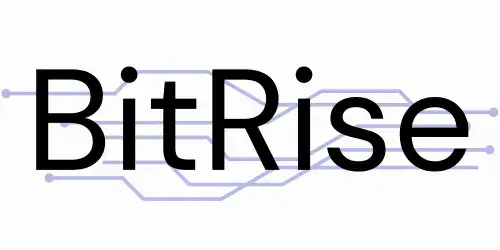
Stuttering can be a real nightmare for gamers, it’s a phenomenon that can affect the smoothness of images on your screen, causing stuttering, slowdowns or irregular refreshes.
Fortunately, there are solutions to avoid this problem when playing your favorite games on your computer!
Stuttering: What is it?
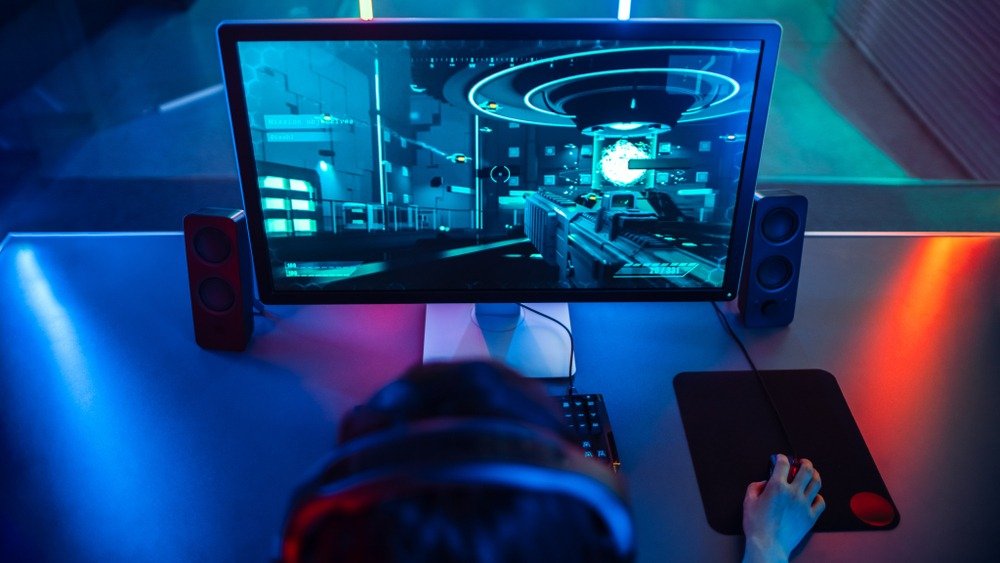
On-screen stuttering, also known as “microsaccades” or “frame slowdowns”, is a technical phenomenon that affects the visual fluidity of images displayed on a computer screen.
It happens when rendering images from the GPU (Graphics Processing Unit) exceeds the monitor’s ability to display them at a constant frame rate, resulting in fluctuations refresh rate and display latencies.
This manifests itself in the form of stuttering, slowdown or irregular image refresh, which can be especially noticeable in video games and applications that require high visual fluidity!
What are the causes?
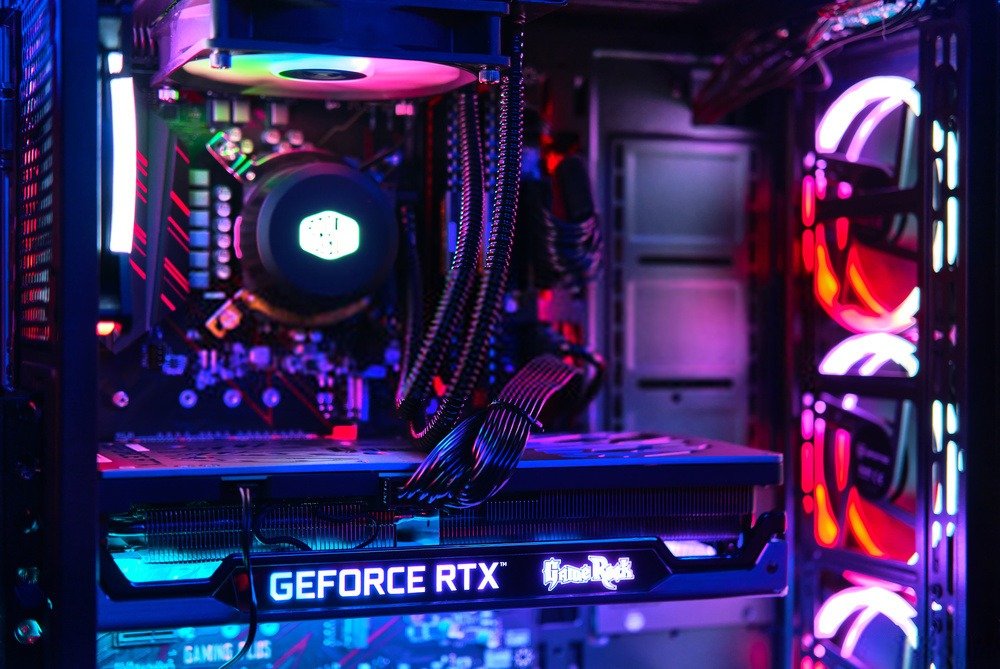
Common causes of screen stuttering include; insufficient performance hardware components of your computer, such as processorThe memoryThe Graphics cardThe Hard drivesoftware conflicts and poorly optimized graphics settings.
Gamers can resolve this issue by optimizing their system settings, updating GPU drivers, and closing background programs that may be using system resources.
Solutions to avoid stuttering
There are several ways to resolve stuttering. Here is :
- Check your system performance : Make sure your computer has enough RAM and processor power to run the games you play. Close unnecessary programs and free up memory to improve performance.
- Update your GPU drivers : It is important to download the latest drivers from your graphics card manufacturer’s website. Do not download drivers from third party websites as they may be old, faulty or even malicious.
- Optimize your computer settings : Change your computer settings to improve processing speed and get a smoother gaming experience. This may include changing the screen refresh rate, lowering the game resolution, or changing the graphics quality.
- Use tools like V-sync and FreeSync : These tools allow you to synchronize your graphics card and monitor to avoid micro-jumping
- Use one performance monitoring software : Use performance monitoring software to monitor your computer’s performance and identify programs or processes that are using system resources in the background.
- Use one frequency limiting software : Use frequency limiter software to adjust GPU and CPU performance limits to avoid overheating or performance overload.
- Use one cleaning software : Use cleanup software to remove temporary files and unnecessary files that can slow down your computer’s performance
- check it game settings : Make sure the game settings are configured correctly to avoid poor performance.
- Add RAM : If stuttering is caused by lack of RAM, increasing the amount of RAM could improve performance.
- Replace or upgrade your computer components : If other solutions don’t work, you may need to replace or upgrade your computer components to improve performance.
- Use one temperature monitoring software : Use temperature monitoring software to monitor the temperatures of your components and ensure they don’t overheat. If the temperatures are too high, it can cause the screen to slow down and stutter. There overheating of a graphics card happens often when you run gourmet games!
- Use one high refresh rate display : High refresh rate displays can help reduce microtrauma by displaying images faster. For example, a 240 Hz screen it can save you from closing.
- Use one caching software : Use caching software to save frames to avoid slowdown when the GPU can’t keep up.
- Use one hard disk ssd : Use an SSD hard drive instead of a traditional hard drive to improve read and write performance.
- Use one load distributor : Use a load balancer to distribute the workload across multiple processors or graphics cards to improve performance.
It’s important to note that each case of screen stuttering can have unique causes and solutions, so it’s important to try different solutions and find the one that works best for your particular system.
V-sync and FreeSync to avoid stuttering.
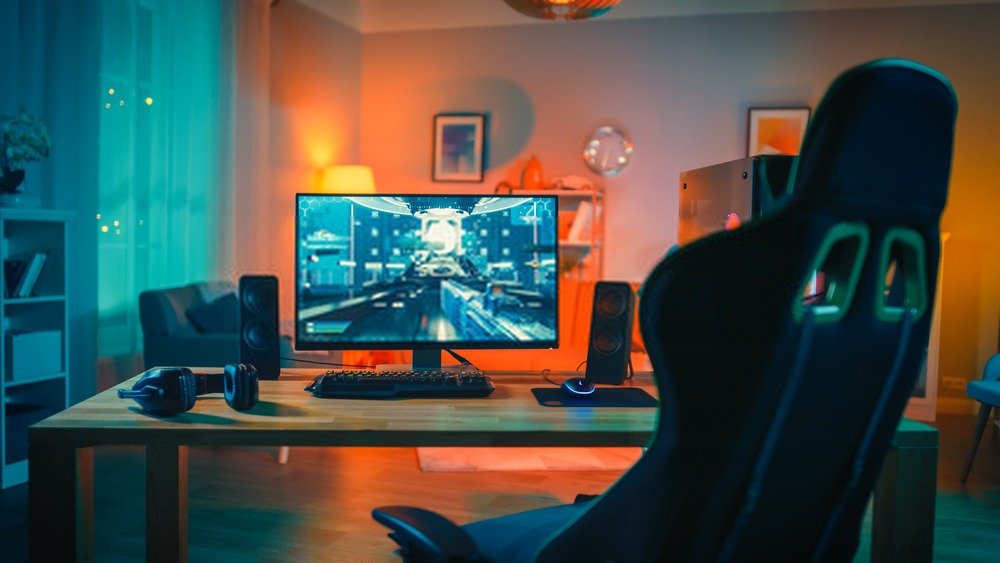
More details on V-sync and FreeSync:
V-sync (vertical sync) is a tool that allows you to synchronize the refresh rate of your graphics card and your monitor to reduce stuttering.
When V-sync is enabled, your graphics card can only produce a number of frames that matches your monitor’s refresh rate. This can reduce stuttering, but can also cause longer latency and lower performance if your graphics card can’t produce enough frames to keep up with your monitor’s refresh rate.

FreeSync is a technology similar to V-sync, but designed for use with displays that support Adaptive Sync technology. It allows you to synchronize the refresh rate of the screen with that of the graphics card, which can reduce stuttering and tearing.
FreeSync can be more efficient than V-sync in some cases because it can adapt in real time to the graphics card’s refresh rate.
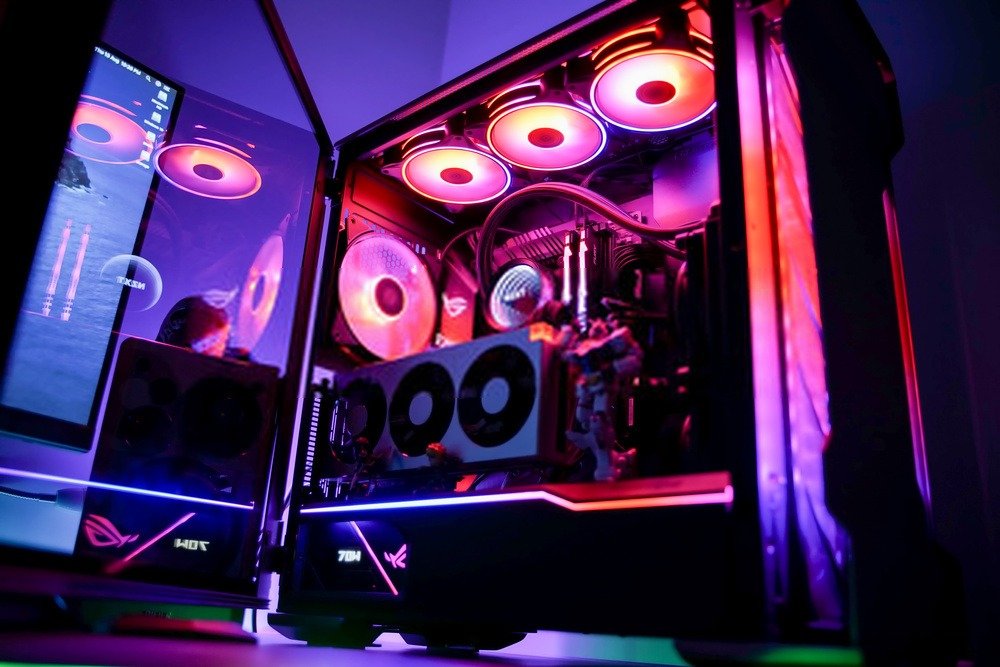
V-sync and FreeSync can be enabled or disabled in your graphics card and monitor settings. You can try enabling or disabling these tools to see if they help reduce stuttering in your game.
It is important to note that technology FreeSync is only compatible with AMD graphics cardsso if you have one card NVIDIAyou may need to select a display compatible with the technology NVIDIA G-Sync.
Play on a high refresh rate screen !
If you want to reduce stuttering on your computer, one of the best ways to do so is to choose a monitor designed to minimize this problem.
Here is a screen tailored to players’ requirements to no longer suffer from stuttering:
ASUS ROG XG258Q

Features and Reviews
ASUS ROG XG258Q is a premium gaming monitor designed for the most demanding gamers. With a 24.5-inch TN panel, Full HD 1920×1080 resolution, 240Hz refresh rate, 1ms response time, Adaptive-Sync (FreeSync) technology and ASUS Aura RGB lighting, this monitor delivers excellent performance for an ultra-smooth gaming experience .
It also offers an ultra-slim design for a multi-monitor setup, Extreme Low Motion blur reduction technology, and customizable RGB lighting to add a personal touch to your gaming setup.
It is compatible with DisplayPort and 2x HDMI ports and supports NVIDIA G-Sync and AMD FreeSync technology for an even smoother and faster gaming experience. It also features Flicker-Free technology to reduce visual fatigue during long gaming sessions. ASUS ROG XG258Q is an ideal choice for professional gamers and demanding game enthusiasts who want to enhance their gaming experience.
